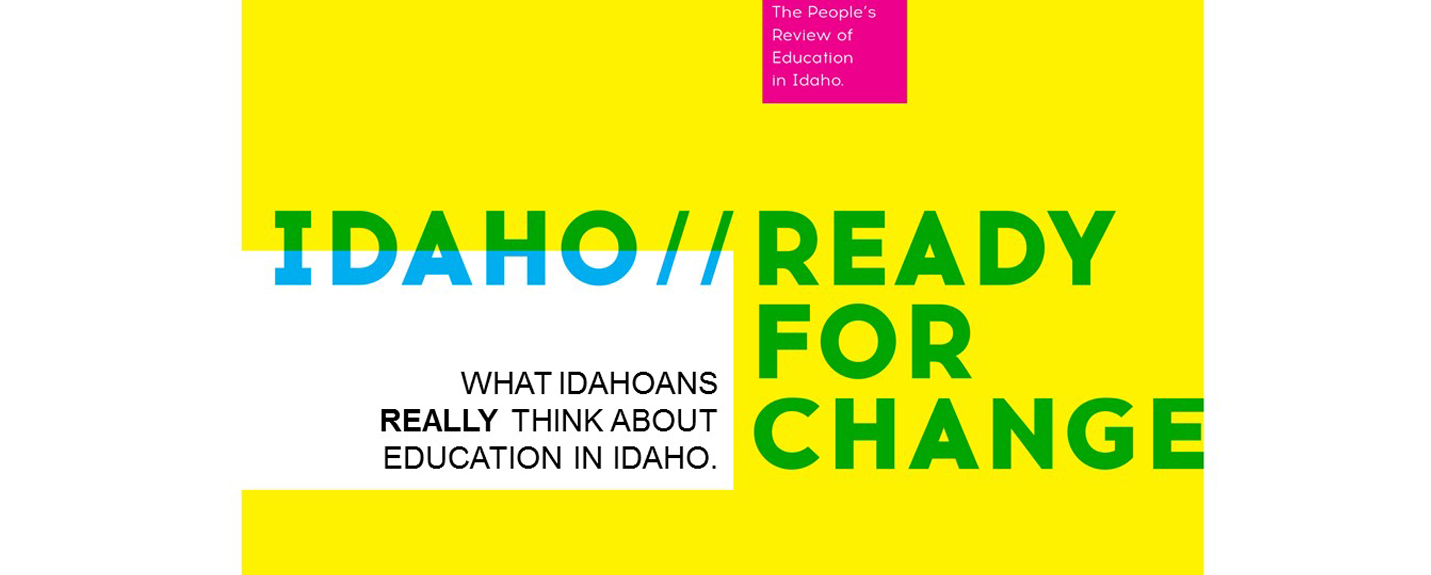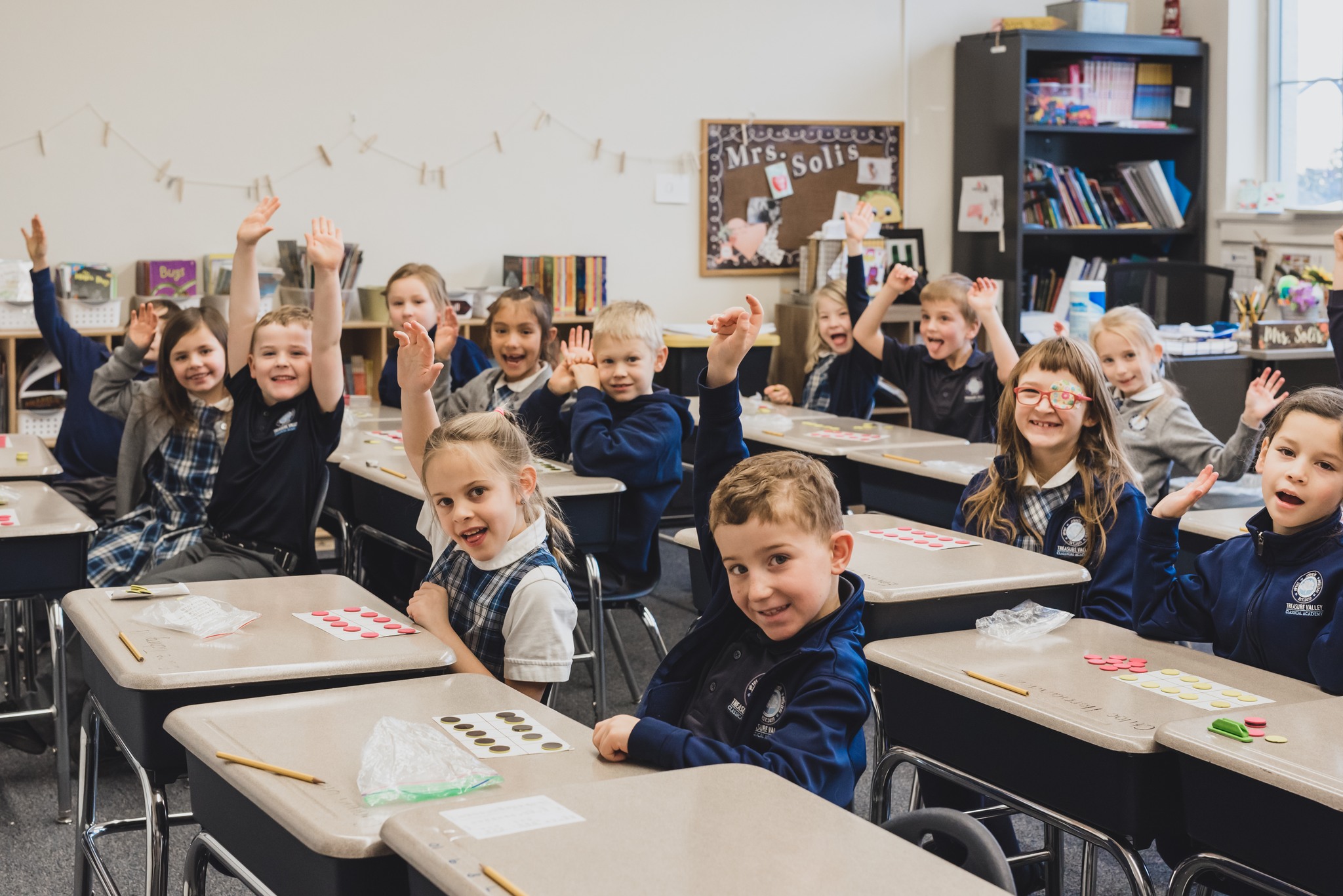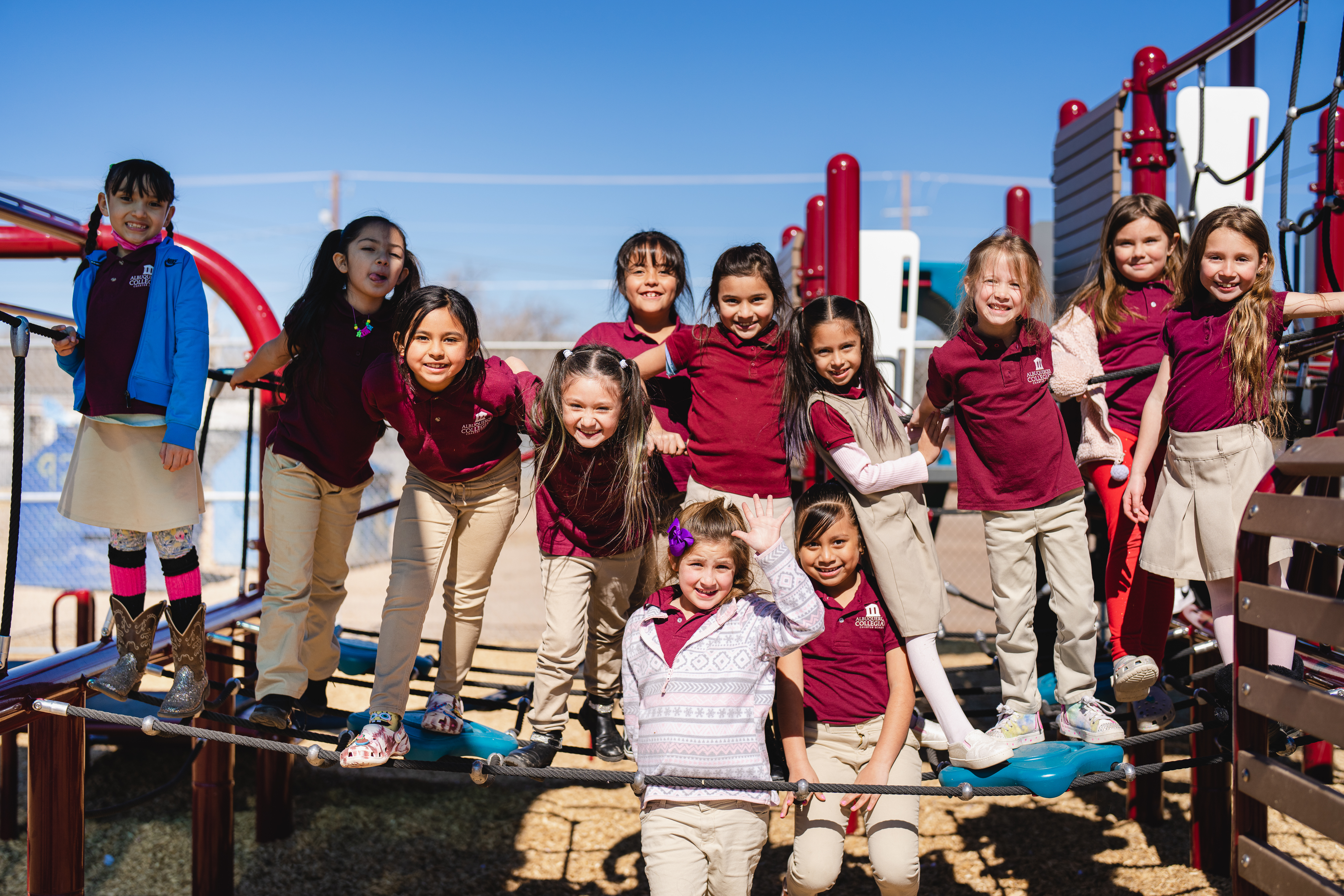
Ready for More Change
By Terry Ryan
The last 15 years or so has been a busy time for public education in Idaho on at least seven fronts:
- The state launched its own results-based accountability system aligned to the state’s academic standards and more recently to the Idaho Core Standards.
- The state rated school and district performance based in part on these test scores allowing parents, taxpayers and others to see how their schools are doing.
- Changes are being made so teachers are paid through a career ladder and Idaho is marching toward tiered licensure for educators.
- Idaho’s public charter school sector has grown to almost 50 schools and there are now about 20,000 children enrolled in the state’s charters (about 7 percent of the state’s K-12 public school students).
- More students up and down the state are taking courses (sometimes advanced or even college-level courses unavailable in their home school or district) and gaining credits through online programs such as the Idaho Digital Learning Academy and Khan Academy, the free world-class online learning platform. The Khan Academy has exploded across the state and more than 25,000 students are currently participating in Khan’s LearnStorm Idaho math challenge, with more students expected to sign up.
- Increasing numbers of middle school and high school students are taking advantage of dual-credit, college-level courses partially or fully funded by the “8 in 6 Program”, the “Dual Credit for Early Completers program”, and the “Fast Forward Program”.
- Looming over everything else has been a constant effort to get more money into the state’s public schools (either through new state spending and/or through a growing number of local levy requests) and there is movement toward revamping the state’s dated system of school financing.
There is no doubt that lawmakers in Boise, the state policy makers and school and district leaders across the state have been busily tinkering with the K-12 education system. But what do ordinary Idahoans think about all this? How do taxpayers, citizens and parents view public schooling in 2016? Do they think the schools are improving? Do they have confidence in the reform efforts underway? Are the students getting what they need to succeed in life and work?
To answer these questions the J.A. and Kathryn Albertson Family Foundation enlisted the respected survey research firm the FDR Group to examine the attitudes of Idahoans toward their public schools.
What the researchers uncovered in Idaho//Ready for Change is a series of paradoxes, frustrations, and opportunities in the views of Idahoans toward their schools.
For example, Idahoans are frustrated with their public schools (only 42 percent would give their local schools an A or B grade), but they also believe that schools and education are key to the success of students and ultimately to the success of the state itself (79 percent say Idaho would attract more companies and professionals and its economy would be stronger if it had better schools).
Three in four Idahoans think the state should expand vocational education classes and high school internships, yet 65 percent of parents say they want their own children to go to a four-year college and not to trade schools or community colleges to get a job.
A plurality of Idahoans believe that student academic achievement is the result of his or her own effort and motivation, but 80 percent of Idahoans also believe that good teachers make a difference, even if their students aren’t ready to learn.
While the Common Core Academic Standards have become politically toxic in many quarters, by a 74 percent to 23 percent margin, Idahoans believe the state’s public schools should teach the same academic standards as the rest of the country rather than teach to the state’s own standards.
While many educators and some lawmakers and policy makers find school choice and public charter schools controversial there is remarkable support for both among Idahoans. In head-to-head competition, people with charter schools in their area think they offer a better education than the traditional public schools – a 58 percent to 23 percent margin. Further, if money were not an issue, 73 percent of Idaho’s parents would prefer that their child attend a private or charter school, while only 26 percent would opt for a traditional district school.
Idaho’s lawmakers and policy makers have been busy making changes to the state’s education system in recent years. Idaho//Ready for Change shows Idahoans are not exhausted by these effort. In fact, most would support even bolder changes. Idahoans want great schools for all kids and understand there is more work to be done to get there.
Have something to say? Find us on Facebook and Twitter to share your comments!




